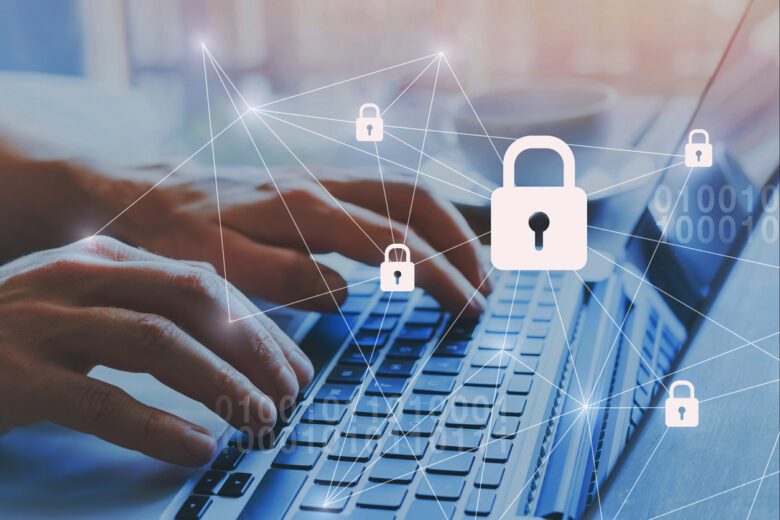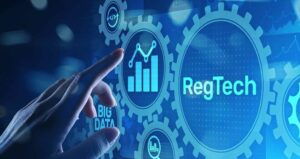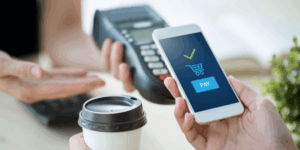In today’s fast-paced digital age, online financial management is becoming the norm, not the exception. People are increasingly choosing digital currencies for their convenience. They use mobile banking apps, digital wallets, and online investment platforms. However, this convenience also brings a higher risk of cyberattacks, identity theft, and financial fraud. Cybercriminals are becoming increasingly sophisticated, so taking measures to protect your money and information is crucial. Secure digital banking is no longer just an option; it’s a necessity for protecting your financial health. Learning the basics of cybersecurity can help you stay ahead of potential risks, whether you’re making daily payments, investing online, or storing money in digital accounts. By following proven methods, you can reap the benefits of digital finance without incurring security risks. Let’s look at some security best practices that can help you keep your digital finances safe and worry-free.
Use Strong and Unique Passwords
Choosing a strong and unique password for your digital currency account is one of the simplest and most effective ways to ensure its security. Many people still use simple passwords such as birth dates, names, or repeating patterns, which are straightforward for hackers to guess. A good password should be long, contain letters, numbers, and special characters, and be usable across multiple platforms. Cybercriminals often use weak or duplicate passwords to hack accounts, so it’s crucial to change your passwords regularly. Using a password manager is also a beneficial idea, as it allows you to securely create and manage complex passwords. By paying close attention to the security of your passwords, you can significantly reduce the risk of someone accessing your financial accounts without your permission. Your password is your first line of defense when banking online, so it’s crucial to strengthen it.
Enable Two-factor Authentication (2FA)
2FA, or two-factor authentication, is a more secure method than using a password alone. Two-factor authentication (2FA) adds an extra layer of security. Even if someone gains access to your login details, they still need to take a second step to log in, such as entering a code from your phone, email, or an authenticator app. This makes it much harder for hackers to break into your accounts. More and more banks, payment systems, and digital wallets are offering two-factor authentication (2FA) as a security option. Enabling it significantly reduces your risk. This seemingly unnecessary, small step can be a crucial defense against fraud. In today’s world of frequent data breaches, two-factor authentication (2FA) is an effective way to protect your personal information. Enabling two-factor authentication is one of the best and simplest ways to secure your financial transactions if you handle your money online.
Beware of Phishing Scams
Phishing attacks remain one of the biggest threats to the digital financial world. These scams often appear in the form of emails, text messages, or fake websites and attempt to trick people into revealing personal information such as passwords, PINs, or credit card numbers. Hackers often pose as trusted parties to make their attacks appear authentic. To ensure your safety, always verify the source before clicking a link or downloading an attachment. Reputable banks and other financial institutions will never ask for personal information via email or text messages. The best way to protect yourself from phishing attacks is to be vigilant. You can avoid these scams by learning to recognize fake links, carefully checking website URLs, and not responding to unsolicited messages. Being cautious and vigilant can help you prevent significant financial loss and keep your accounts secure. In the digital financial world, knowing what to look for and staying vigilant are essential for defending against phishing attacks.
Secure Your Devices and Networks
To keep your digital assets safe, you need to do more than just protect your accounts. You also need to protect the devices and networks you use. You access your financial world through smartphones, laptops, and tablets. If you don’t protect them, they can put you at risk. You can prevent vulnerabilities by keeping your operating system and applications up to date and ensuring you have the latest security patches. Antivirus software and firewalls are two other ways to protect yourself from malware. Another risk is public Wi-Fi, which hackers can exploit to steal information over unsecured connections. Always use private, trusted networks or consider a VPN for added security. Encrypting your devices and using biometric authentication are two other ways to improve the security of your devices. Securing your network and devices significantly reduces the likelihood of unauthorized access to your digital financial accounts. When you manage your money online, you can be confident that your digital environment is secure.
Regularly Monitor Financial Accounts
Even if you take effective measures to protect yourself, it’s important to regularly monitor your financial accounts for unusual activity. Fraudsters often test accounts with small, inconspicuous transactions before withdrawing large amounts. You can detect suspicious activity early by regularly checking your account balance, transaction history, and alerts. Many banking and financial apps offer quick transaction notifications, keeping you informed. If you observe any irregularities, please reach out to your bank or financial institution without delay. This can prevent further losses. Monitoring isn’t just about detecting fraud; it also helps you maintain your financial well-being. In the digital age of rapid, 24/7 transactions, caution is crucial. Making it a habit to regularly check your accounts can keep your money safe and reduce the risk of becoming a victim of cybercrime.
Conclusion
Digital finance makes everything easier, faster, and more convenient, but it also means that consumers must take more responsibility for their security. Given the ever-changing nature of cyber risks, simply relying on banks isn’t enough. People should take measures to protect themselves, such as choosing strong passwords, enabling two-factor authentication, being wary of phishing attacks, securing their devices, and regularly checking their accounts. These steps may seem simple, but they form the foundation for secure digital finances. By staying vigilant and alert, you can enjoy the convenience of online banking and digital transactions while significantly reducing the risk of financial fraud. The key is to find a balance between caution and convenience for a safe and efficient financial journey. Secure digital finance in today’s interconnected world is not about fear, but about preparedness and safeguarding your hard-earned money.
FAQs
1. How can I best protect my online bank account?
The safest practices are to use a strong and unique password, enable two-factor authentication, and avoid logging in via public Wi-Fi networks.
2. How do I know if an email or text message is trying to steal my information?
Phishing attacks sometimes use strange-looking URLs, misspelled words, or urgent-sounding messages requesting personal information. Always verify the sender’s email before responding.
3. Is it safe to use public Wi-Fi for online banking?
No, public Wi-Fi is dangerous because hackers can steal your information. Use a VPN or private network for secure transactions.
4. How often should I check my accounts for unusual activity?
It’s crucial to check your accounts daily or set up transaction alerts to receive immediate notifications of changes.
5. Can antivirus software protect my financial information?
Yes, antivirus software can help detect and block malware that could steal your financial information, but you should also use it in conjunction with other security measures.



